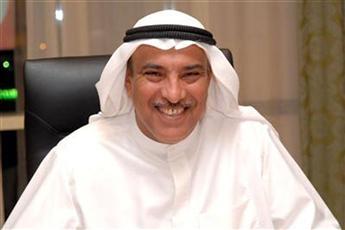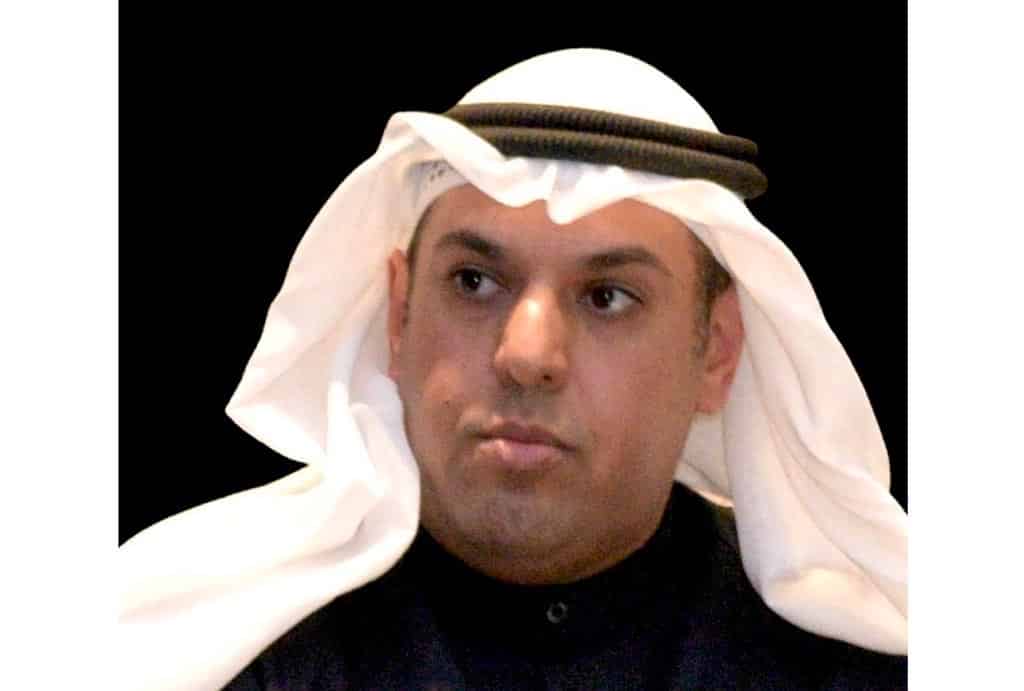
By Alina L Romanowski
US Ambassador to Kuwait
I remember visiting Kuwait in 1991, shortly after the country's liberation from the six-month occupation. Like most Americans, I had been consumed by the 24-hour news coverage of the invasion. Even 6,000 miles away in Washington DC, I watched in horror as the tragic events unfolded on my television screen.
Perhaps most jarring were the images of Kuwait's oil wells as they went up in flames, black plumes of smoke blanketing the sky so that you couldn't tell night from day. The heroism of the Kuwaiti people while under occupation was impressive, but it was only afterwards that we learned details of their sacrifices and bravery. I have learned much more since my return to Kuwait last year.
President George H W Bush was clear when launching Operation Desert Storm on January 17, 1991: The United States' goal was not about the conquest of Iraq; it was about the liberation of Kuwait. Nearly 700,000 US troops took part in the war, and many lives were sacrificed in the fight for Kuwait's freedom, including those of nearly 300 American soldiers and over 900 Kuwaiti nationals.
My visit to the Al-Qurain Martyrs Museum last month offered me a glimpse into the fight. I learned of the bravery of the Al-Messilah group of Kuwaiti resistance fighters, who battled Iraqi soldiers as they fired with tank, rockets, and machine-gun fire during a 10-hour siege. I saw the faces of those young martyrs and my heart went out to their families.
Today, the museum may be strewn with bullet holes and riddled with damage, but the structure still stands proudly, battle scars and all. To me, it perfectly symbolizes the Kuwaiti people's spirit while under occupation - tenacious and impossible to destroy.
In the 30 years since liberation, Kuwait has re-emerged as a pillar of stability in a region marred by conflict. In these past three decades, the relationship between our two countries has only grown stronger. Since 2003, Kuwait has provided the main platform for US and coalition operations in Iraq, and it continues to play an integral role in the fight against ISIS.
But our relations are so much more than security and defense matters. When Hurricane Katrina devastated parts of America in 2005, Kuwait pledged $500 million in aid to US relief efforts, the single largest donation of its kind at the time. Americans appreciated Kuwait's generosity during our time of crisis.
More recently, after the Gulf crisis broke in 2017, the United States quickly turned to the late Amir to help settle the dispute. Both our countries recognized early on that the rift harmed our mutual interests and only served our adversaries in the region. If not for Kuwait's role, who knows where the GCC would stand today?
To mark the creative bonds between our people, US and Kuwaiti musical artists were inspired to record a beautiful version of a traditional Kuwaiti song "Kulama Zadat Al Mihan". American and Kuwaiti sculptors also designed and produced the first-ever glass sculpture of the Kuwait desert bush, the Arfaj.
2021 is an important year for the United States and Kuwait. In addition to the 30th anniversary of the liberation, we will mark 60 years since establishing formal diplomatic relations between our two countries. Foreign Minister Dr Ahmed Al-Nasser Al-Sabah described the US-Kuwait relationship best during the Strategic Dialogue in Washington last November: "We have a beautiful story, and we will make sure that story continues for generations to come."
I couldn't agree more with the Foreign Minister, and as US Ambassador to Kuwait, I will continue my work and that of my predecessors to further strengthen our two countries' ties. Undoubtedly, under President Biden's administration, and through the wise leadership of His Highness the Amir Sheikh Nawaf Al-Ahmad Al-Jaber Al-Sabah, our story will continue to flourish for years to come.


